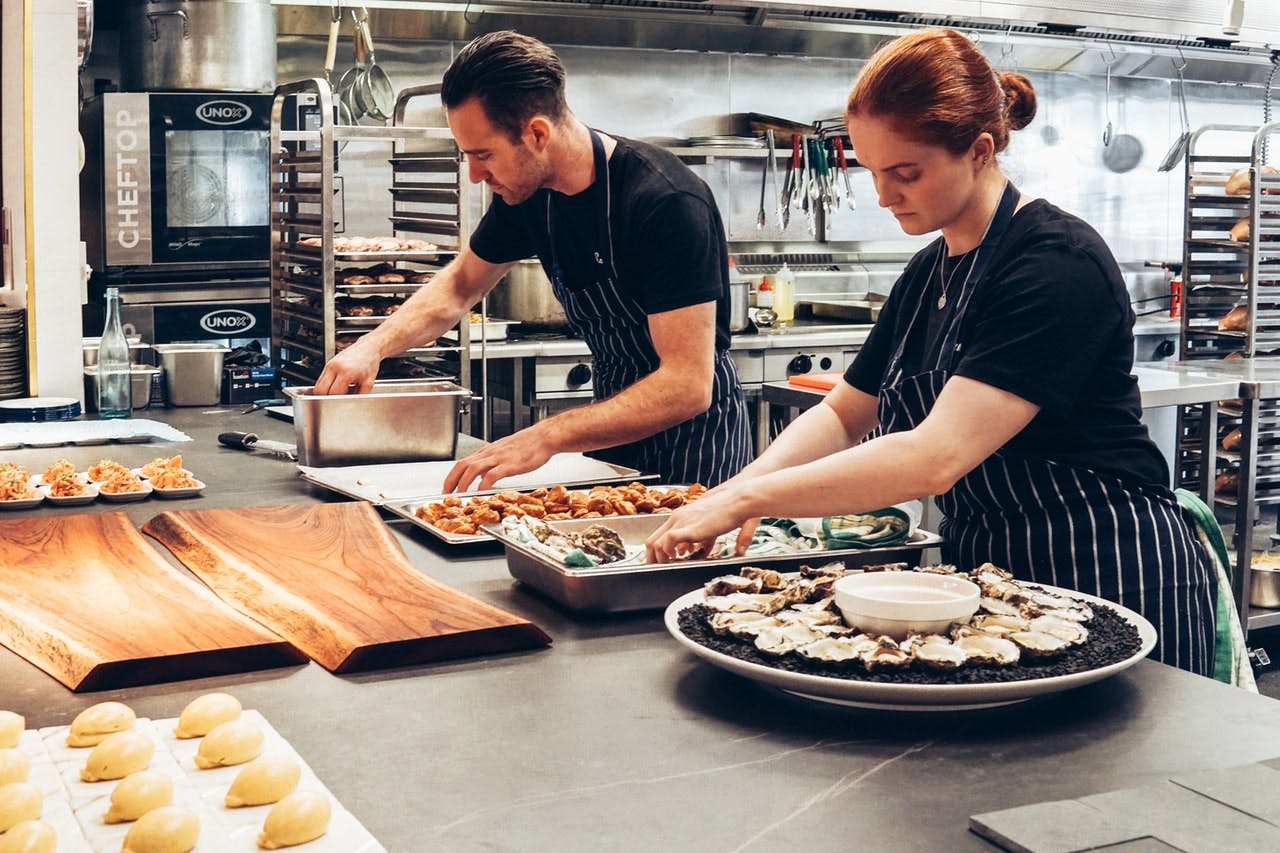Food hygiene is an overall term to describe every process related to food handling, preparing, and storing. The goal of food hygiene is to protect the health and safety of restaurant patrons and employees.
The Center for Disease Control estimates that approximately 48 million people in the United States become sick from a foodborne illness every year. These statistics can be broken down further to 128,000 hospitalizations and 3,000 deaths. Overall statistics vary every year, but these averages give an idea of the severity of the issue.
Today, we’re going to discuss the importance of following food hygiene principles that keep your food from contamination, spoiling, or anything else that could make someone sick.
All Restaurants Must Follow Effective Food Hygiene Principles
Fortunately, restaurant managers don’t need to invent a robust hygiene system alone. Food hygiene principles have already been established that help managers create customized policies for their individual needs.
It’s usually impossible to determine if food has been contaminated and can even be difficult to tell when items have spoiled. Strictly abiding by the Food Hygiene Pillars helps prevent your restaurant from handling or serving food that may be harmful.
You need to know the importance of each of the pillars and how you can enact changes in your restaurant to improve food hygiene. We’re going to avoid stating specific numbers (such as exact temperatures to store certain products) as these figures may vary based on local regulations. Your local government regulates food hygiene practices and is the ultimate authority – their guidelines must be followed.
Cleaning and Sanitizing
Regularly cleaning and sanitizing multiple areas of your restaurant is required and lays the foundation for every other food hygiene principle that follows. Surfaces such as food prep areas, dining areas, door handles, and many other areas must be sanitized often to prevent the spread of any harmful diseases. It’s a simple process with a simple reason, but it is an incredibly important and time-consuming principle.
Keep employees on track with sanitization schedules with a desktop and mobile task checklist that can quickly be checked to determine what needs to be done next. Completed items can be marked as checked, and anything notable can quickly be documented with photos and comments. Managers can then monitor progress from the back room (or anywhere) to ensure the restaurant is properly sanitized.
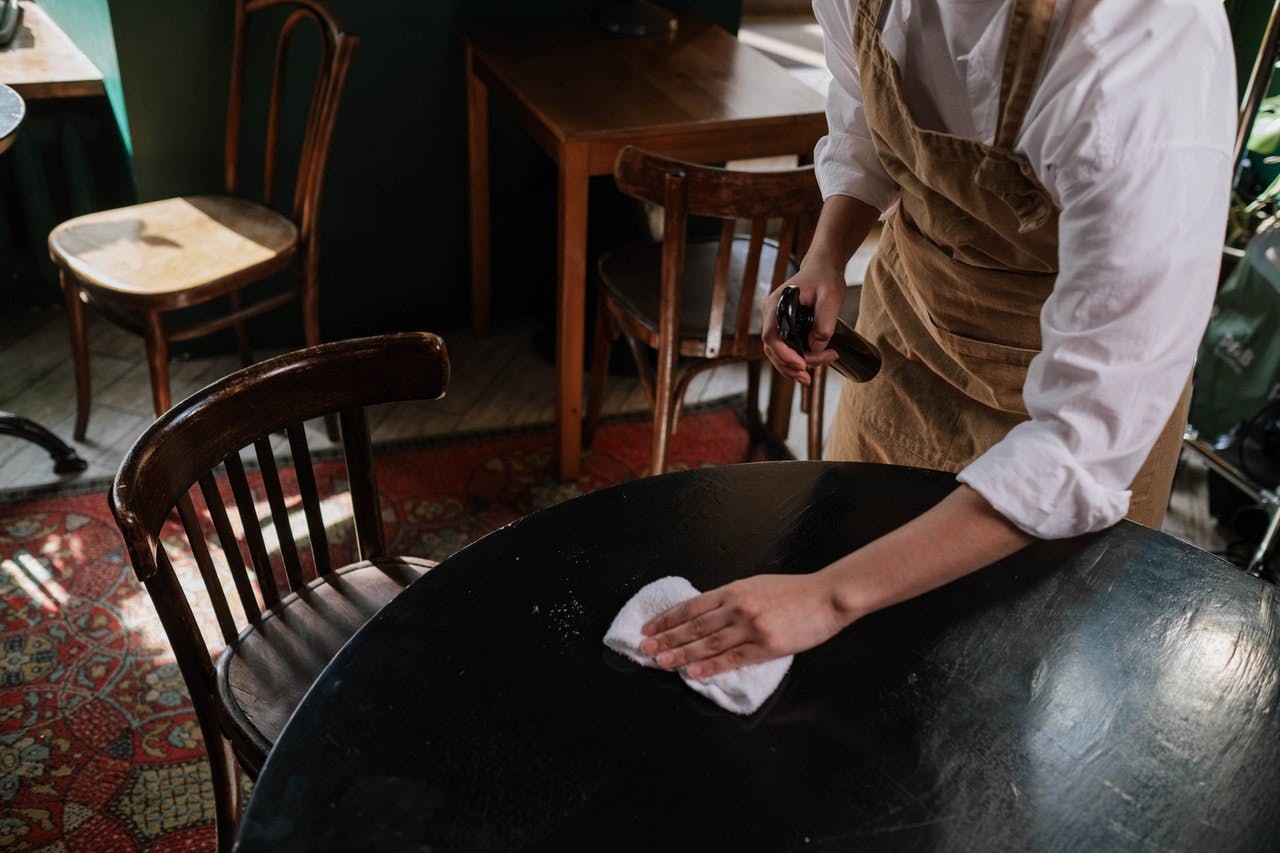
Personal Hygiene
Everyone working in your restaurant must practice personal hygiene. Employees need to ensure that they are not bringing in any harmful diseases or bacteria from their homes or elsewhere when they come to work. This also includes a normal hygiene routine before work along with thorough hand washing after using the restroom.
You can’t easily track personal hygiene like you can with other items, but you can include personal hygiene topics in training meetings. Discuss the importance of thorough hand washing along with always wearing clean clothes and showing before work.
Food Storage
Food products must be properly stored in order to keep them from spoiling and preventing contamination. Some food products will have unique storage needs, but the following guidelines will help you craft storage policies:
- Everything should be airtight: Keep all food products stored in airtight containers without exception.
- Keep items off the floor: You wouldn’t put raw food products on the floor, but even containers should be elevated on shelves to prevent rodents and pests from easily accessing them.
- Regularly organize shelves and fridges: It’s easy for storage areas to become unorganized when the restaurant gets busy or a new shipment arrives. Prioritize keeping shelves organized to keep everything hygienic.
Other principles can also apply to food storage, such as temperature control and sanitization, but those topics are covered separately.
Temperature Control
You will absolutely need to refrigerate or freeze some of the ingredients used in your dishes. Storing them properly helps preserve their flavor and freshness, along with keeping them from spoiling.
Don’t treat temperature control as a “set it and forget it” task. Add checking and changing the temperature of every area in the restaurant to a manager or employee’s daily tasks. If there are significant changes in temperature, it can be attributed to an employee but might also be indicative of equipment that needs repairs.
Food Handling
Most of your employees will be directly involved with handling food and they must be properly trained to do so. You will likely be required to ensure they have a food handlers permit before they can work, but you should take food handling training beyond government training to address your specific needs. Make sure that employees understand the specific regulations that they are responsible for complying with.
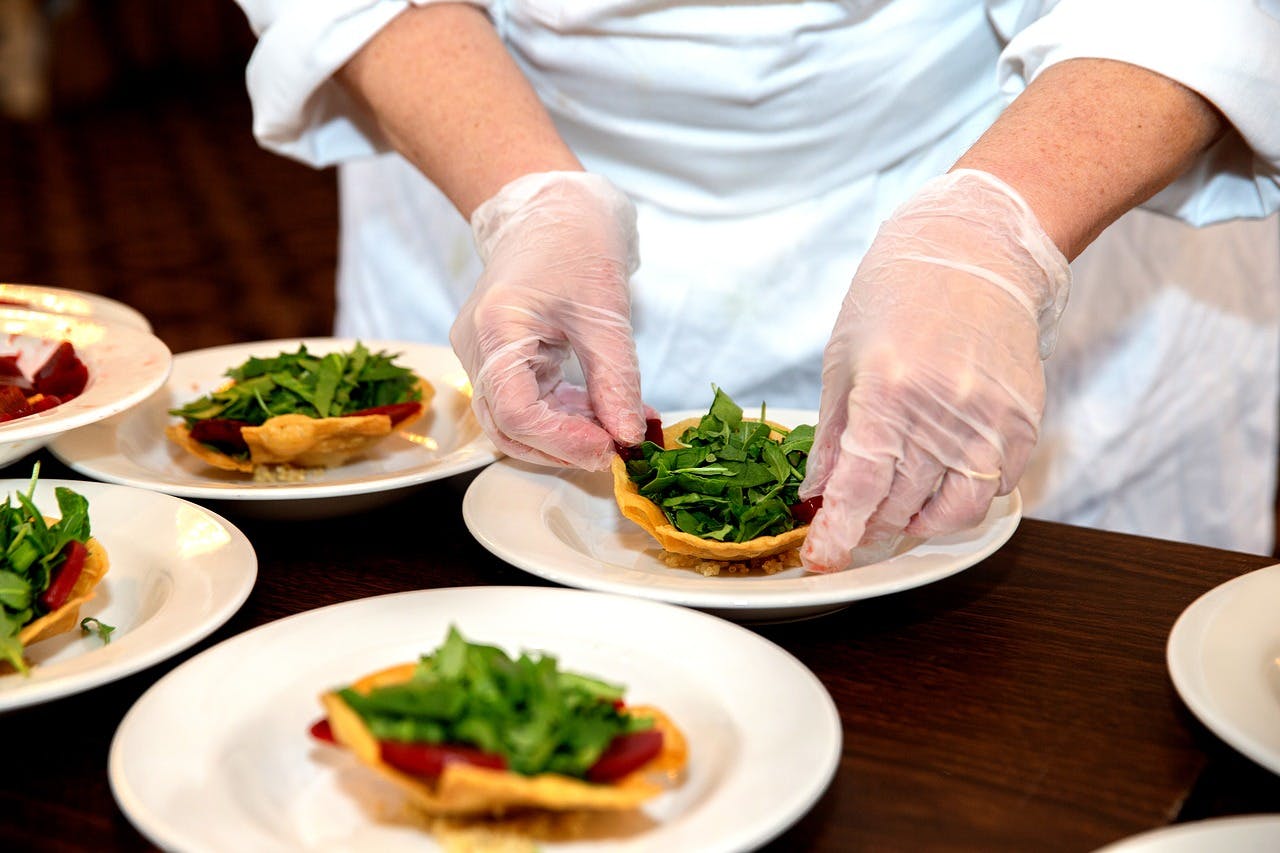
Keep Your Customers and Staff Healthy with Strong Food Hygiene Practices
Food hygiene policies ensure that customers are not exposed to anything that may cause harm while visiting your restaurant. You need to take the time to craft robust food hygiene practices, then provide comprehensive training so that everyone knows how to follow them.
When relevant, make sure employees have access to a quality task tracking and compliance platform to stay focused throughout their shift.
Are you looking for a better way to track food hygiene at your restaurant? Book a demo to see how monitorQA can help.
last modified:09.17.24
Recent Posts
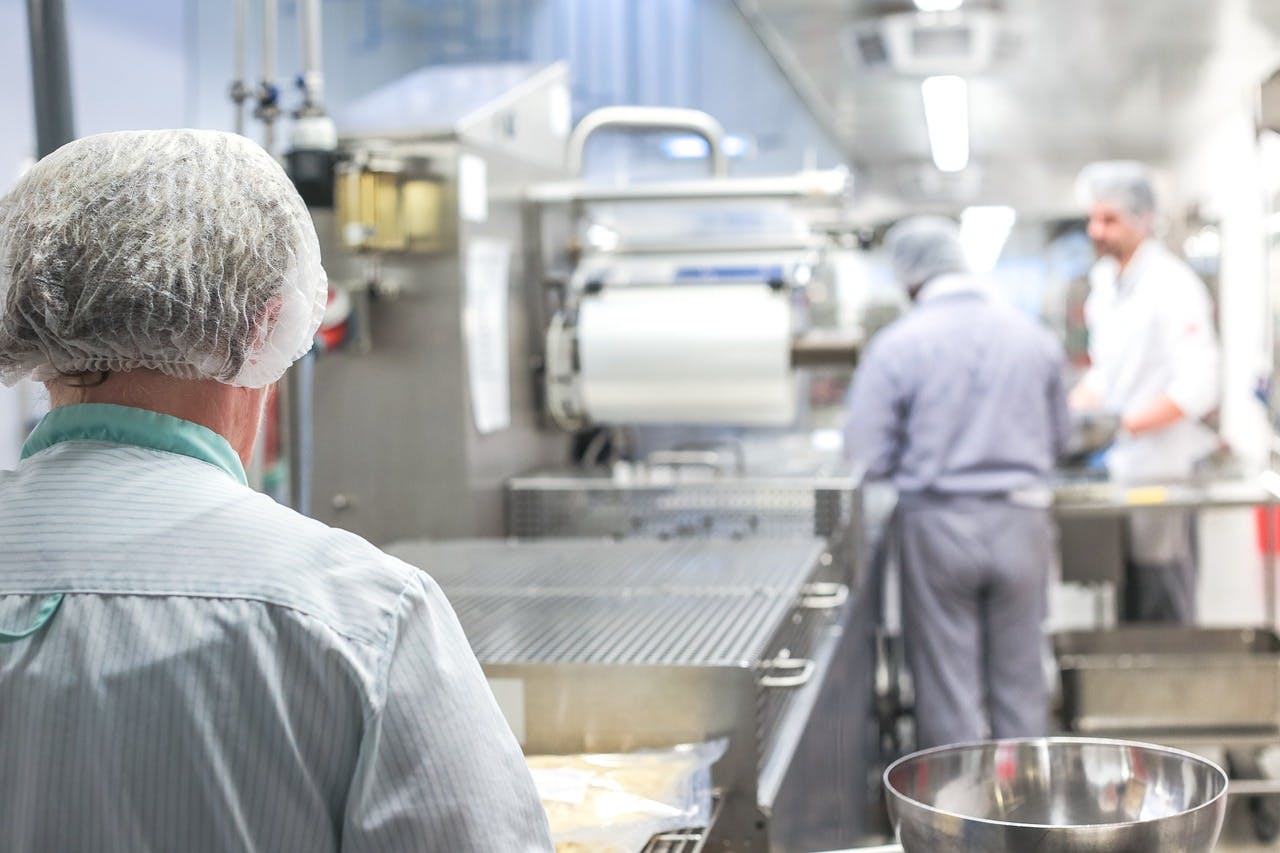
Top 5 Food Processing Industry Trends That Matter in 2025

Keeping Up With Compliance Trends 2025
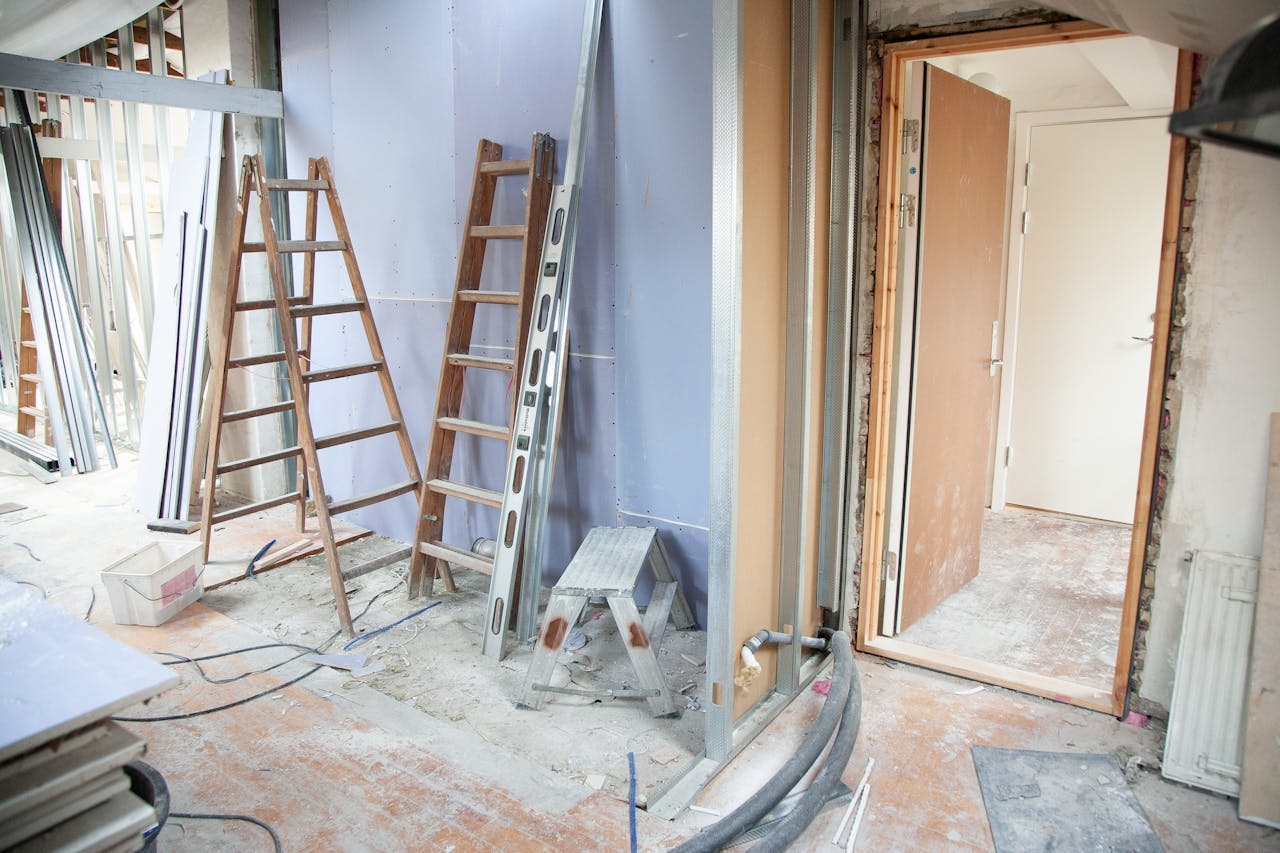
OSHA Ladder Safety 101: How to Meet OSHA Standards and Keep Your Workers Safe

Car Wash Safety: Regulations & Best Practices You Need to Know
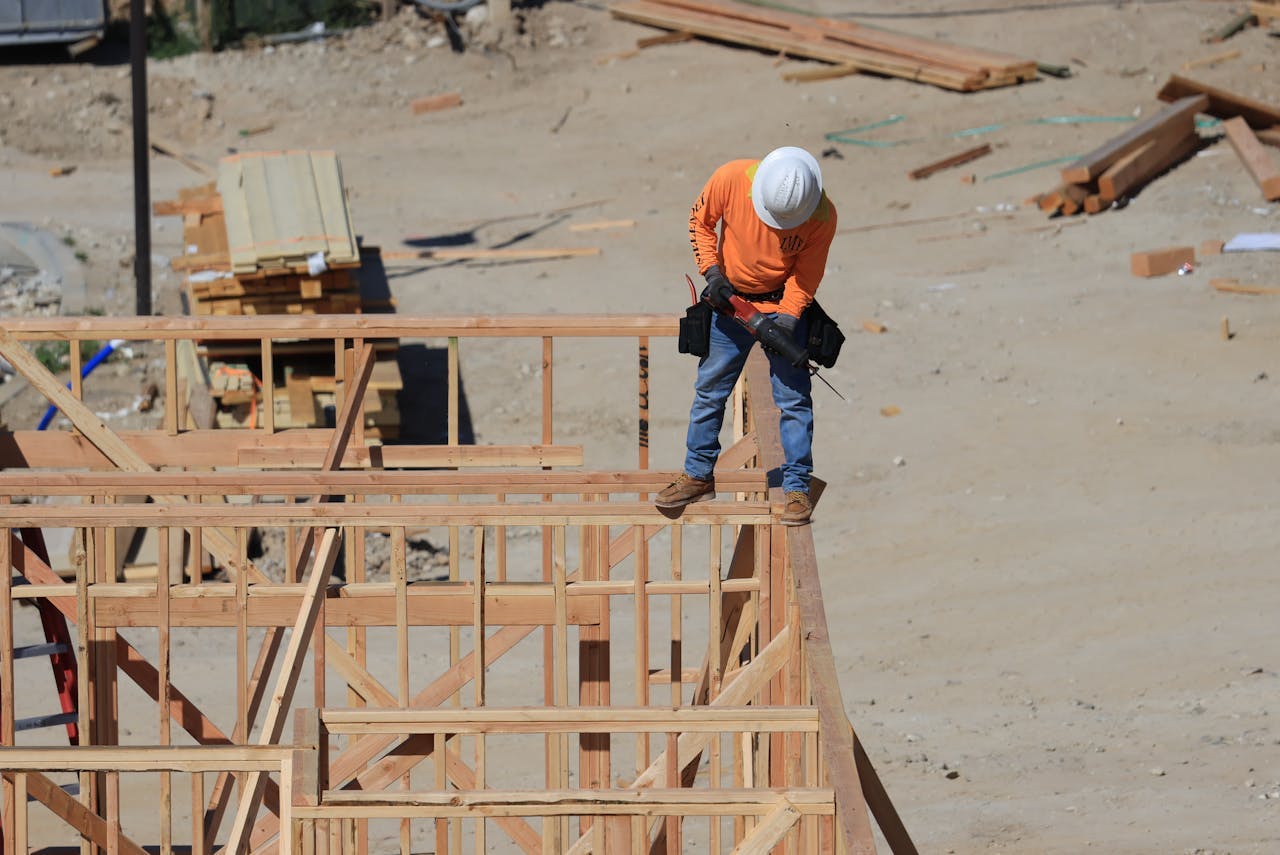
Fall Hazards At Work: How To Keep Your Employees Safe

The High Price of Neglect: OSHA Violations and Penalties

Expert Advice on Preventing Workplace Electrical Hazards
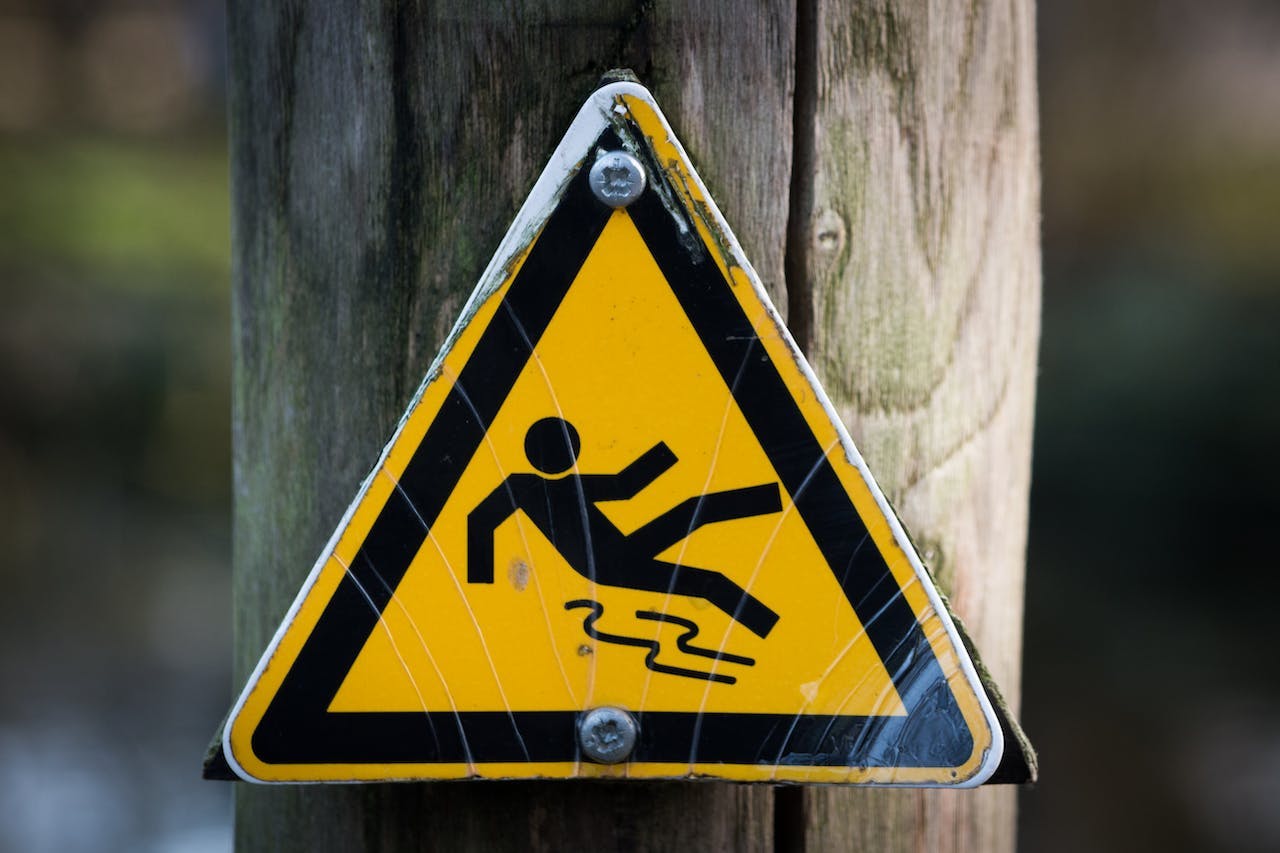
Slips, Trips and Falls in the Workplace: Best Practices

HSEQ Audit: The Complete Guide
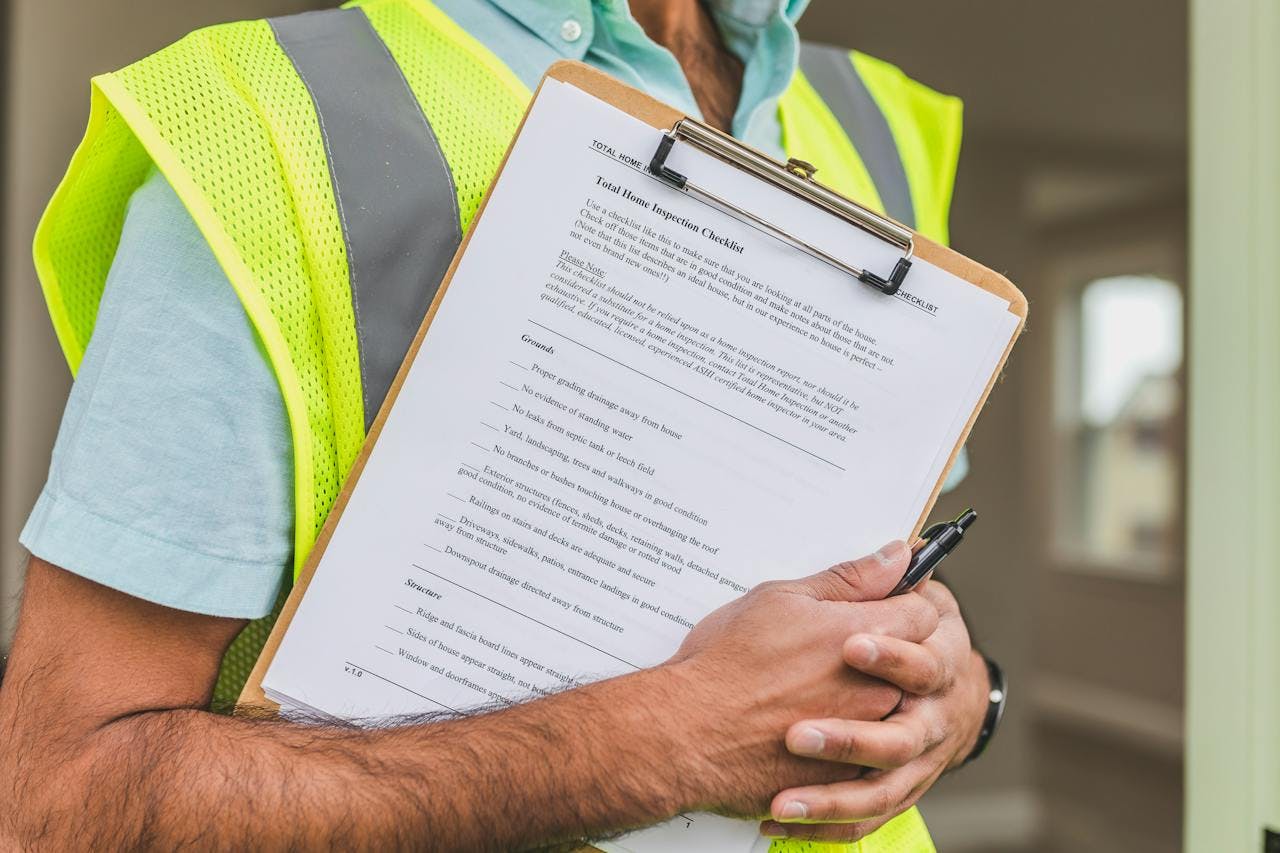
Improve Safety: Inspection Management Software Benefits
